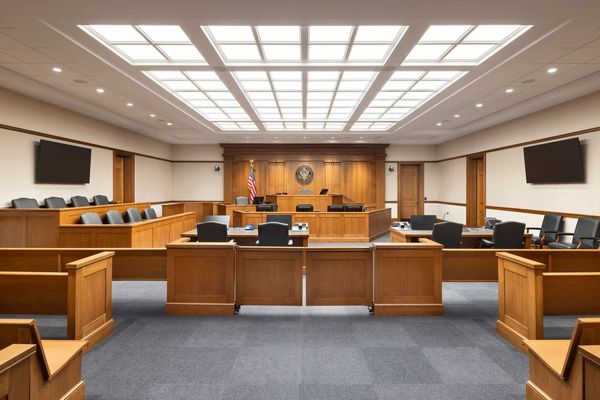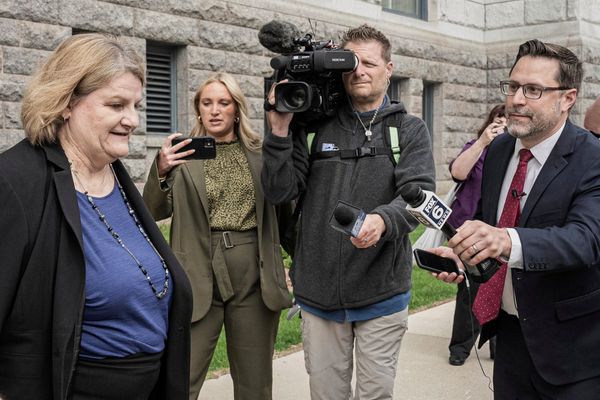I was the third person in my large institute to have been allotted an email ID, when the email services became available in 1992. Before that, while spending six months as a guest scientist at a CNRS lab in France in 1988, I was told politely that the use of their just-introduced email service was restricted to their regular employees only.
In subsequent years, as the use of email spread widely, my own use of it also grew and soon my email address list had hundreds of addresses. The email services turned out to be handy and useful for professionals, academics and businessmen alike, as they could remain in contact and exchange information with people they wanted to. Over the years, it became a habit with me to check my emails the moment I got up in the morning at home.
I retired formally in 2010, but do recall how after each long trip abroad before that, I would rush to my office next morning at about 6 a.m., just to check the contents of my email inbox which would have dozens of unread emails, waiting for my attention. I would dispose each one of them of after a quick reading, or making my comments in response, if required. The whole process took me about two to three hours. But it was desirable because some colleagues would have sought my attention to some points in their emails written to me, when I was away. But after this exercise, I felt updated enough to meet and discuss any urgent matters with my colleagues and staff when they arrived for the day at 10 a.m. Never mind my jet-lag, or lack of sleep, I owed this to a large number of colleagues working with me, because my official email address was not accessible to me outside my institute premises, for security reasons.
Being instant, the email quickly replaced the conventional hard mail for a variety of usages and even earned the latter the sobriquet ‘snail-mail’. Quite similarly, the good old email has itself been replaced largely by WhatsApp messaging, for the convenience of the millions, who have patronised this social media outlet to the extent that some of them may not know that official messages and government circulars are still transmitted through the email system.
However, when a signed official document was to be sent confidentially, it was done by fax, short for facsimile, which was more like a scan of each page communicated over the telephone network, reproduced exclusively by the fax machine located at the office of the addressee. Prior to that, the only instant medium of sending messages was by Telex, the point-to-point version of a telegram, reproduced in the addressee’s office. Usually, the telex had a restriction on the number of words transmitted, due to the expenses involved, just as in the case of the telegram.
That brings me to the recent trend of not making public your email address, even if you are not a celebrity. Keeping the users guessing for your email ID makes you a VIP, or so is the opinion of some people, not considering that if one has to send you an email, he/she can look for your address with some effort on the Internet anyway. So why the fuss?
A problem arises when people use some very old email IDs, which have become nearly defunct. For instance, a conference-related email ID, generated by my colleagues about 15 years ago, is sporadically used by someone to send messages to me. Despite my cautioning that I hardly open the inbox of this email address, they use it as one more address, when emails are being sent to large groups for making some announcements of proposed new conferences and so on. I get worried, when I open this email ID, once a month or so, to find some message that did require my attention a few days ago.
Finally, someone asked me, “Do you write ‘Yours sincerely’ at the end of emails?” Well, there is no such thing because informality is all that matters in current times, and ‘Yours sincerely’ is dead. So how should you then begin or end the text of an email? A senior boss begins with “Dears” and signs off with “Bests”. But there are others who finish with “Cheers”, “Ciao”, “Cordialement” or simply “Kind regards”.
ya_kmi@yahoo.com







